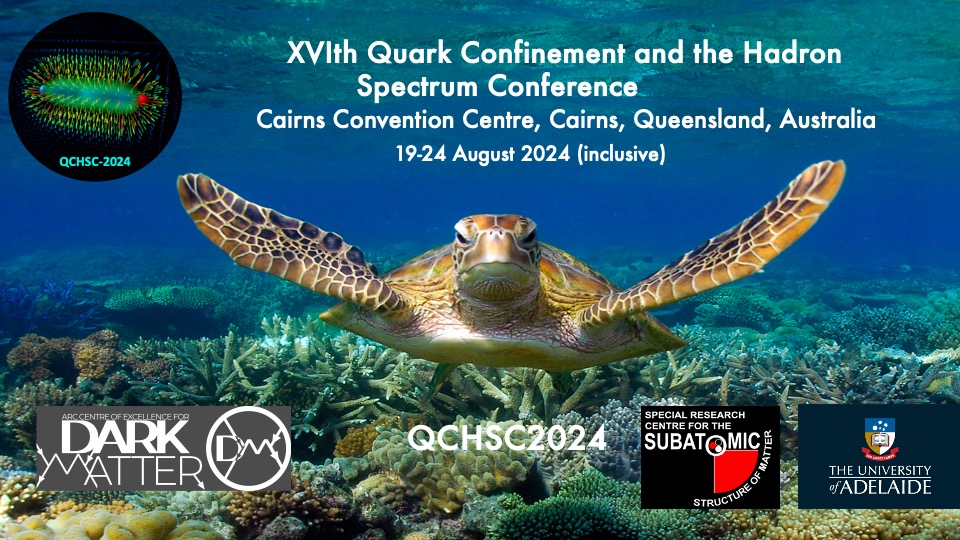Speaker
Description
I present a new way of understanding how chiral symmetry is realized in the
high temperature phase of QCD. I show that a simple instanton-based random
matrix model provides an excellent description of the lowest part of the
spectrum of the lattice overlap Dirac operator. Even though dynamical quarks
introduce instanton-antiinstanton interactions, the lowest part of the
spectrum, dominating physical quantities related to chiral symmetry, can be
understood in terms of a non-interacting instanton gas that turns out to
generate a spectral density singular at the origin. Besides providing an
intuitive physical picture of how light quarks interact with gluons at high
temperature, the model also has nontrivial quantitative predictions. In
particular, by generalizing the Banks-Casher formula for the singular spectral
density, I show a possible resolution of the long-standing debate about the
fate of the anomalous U(1)_A symmetry above the critical temperature.

